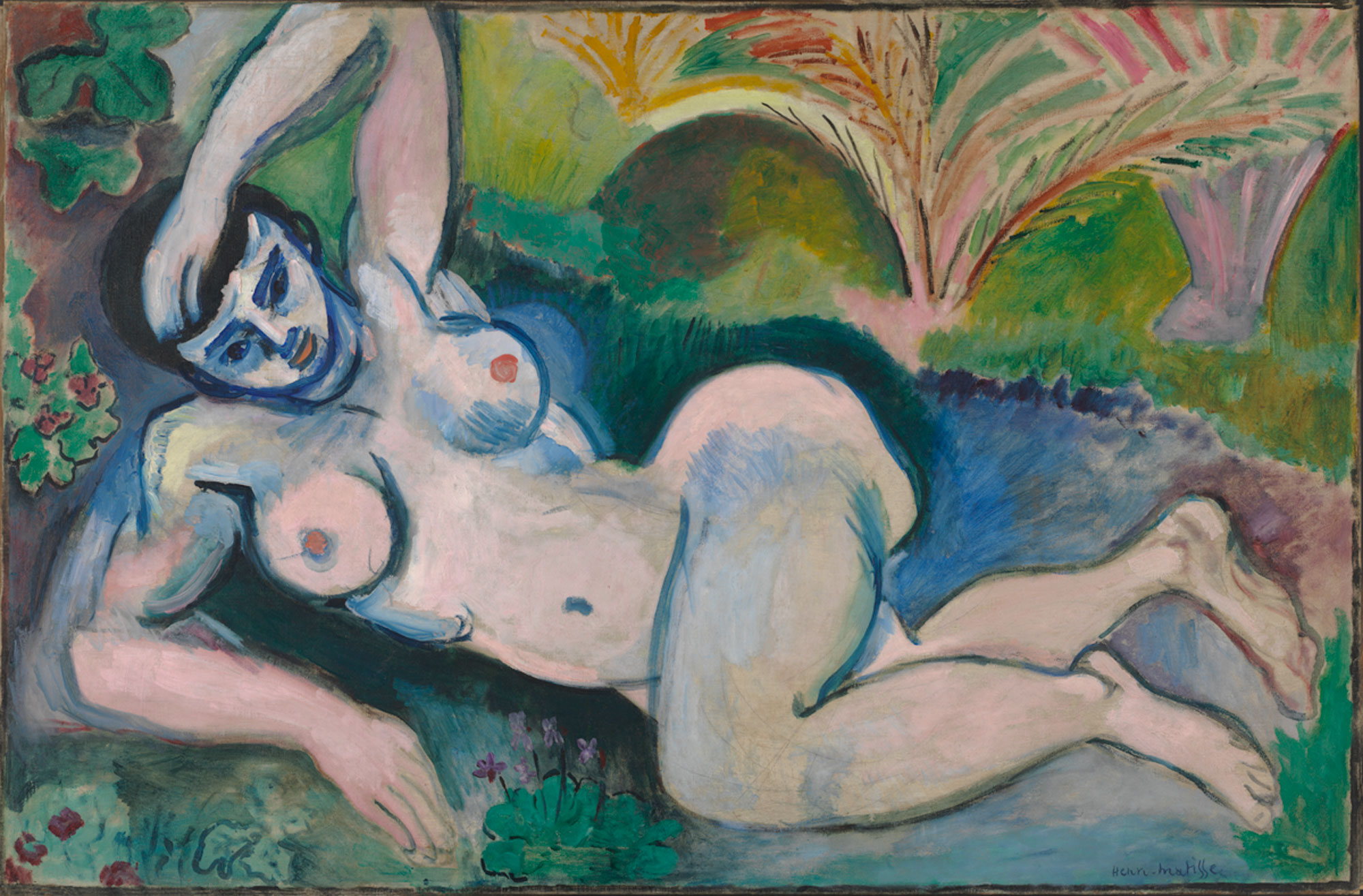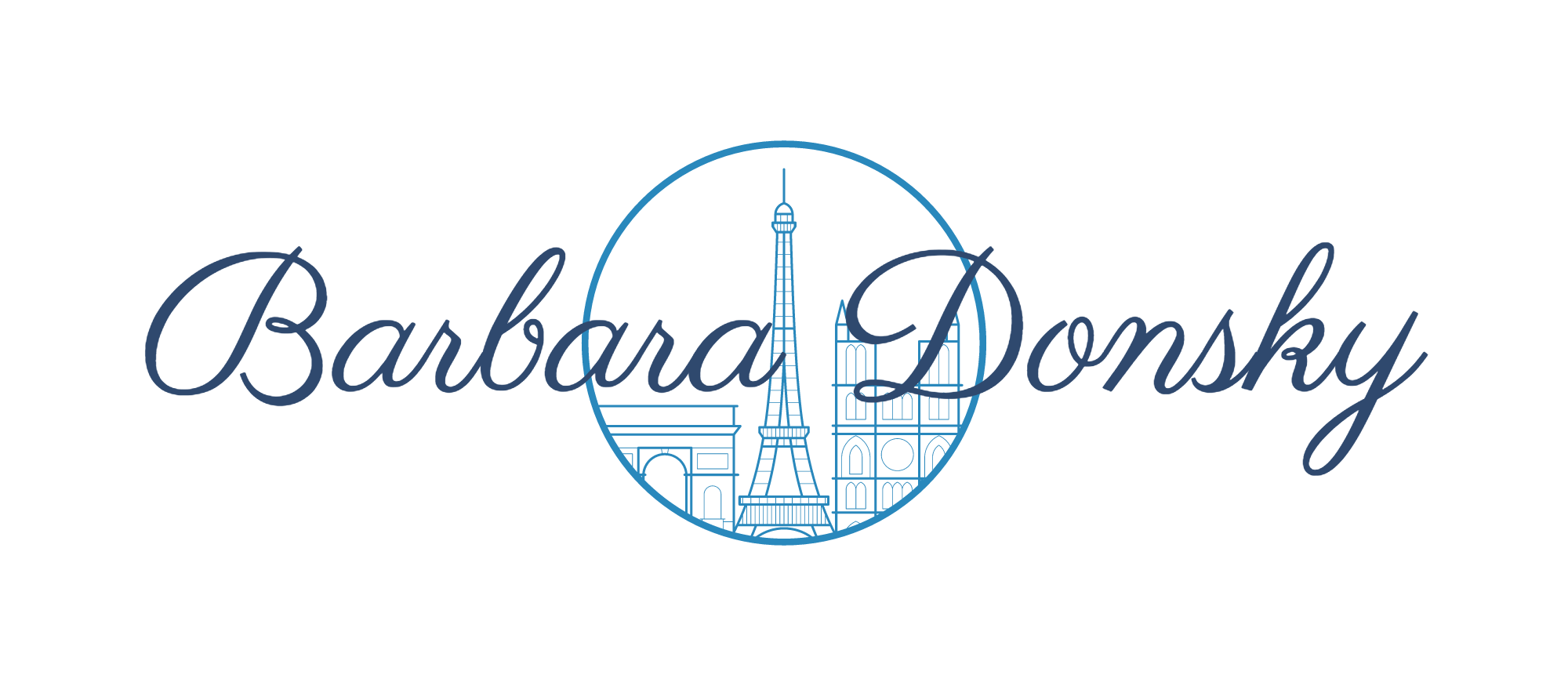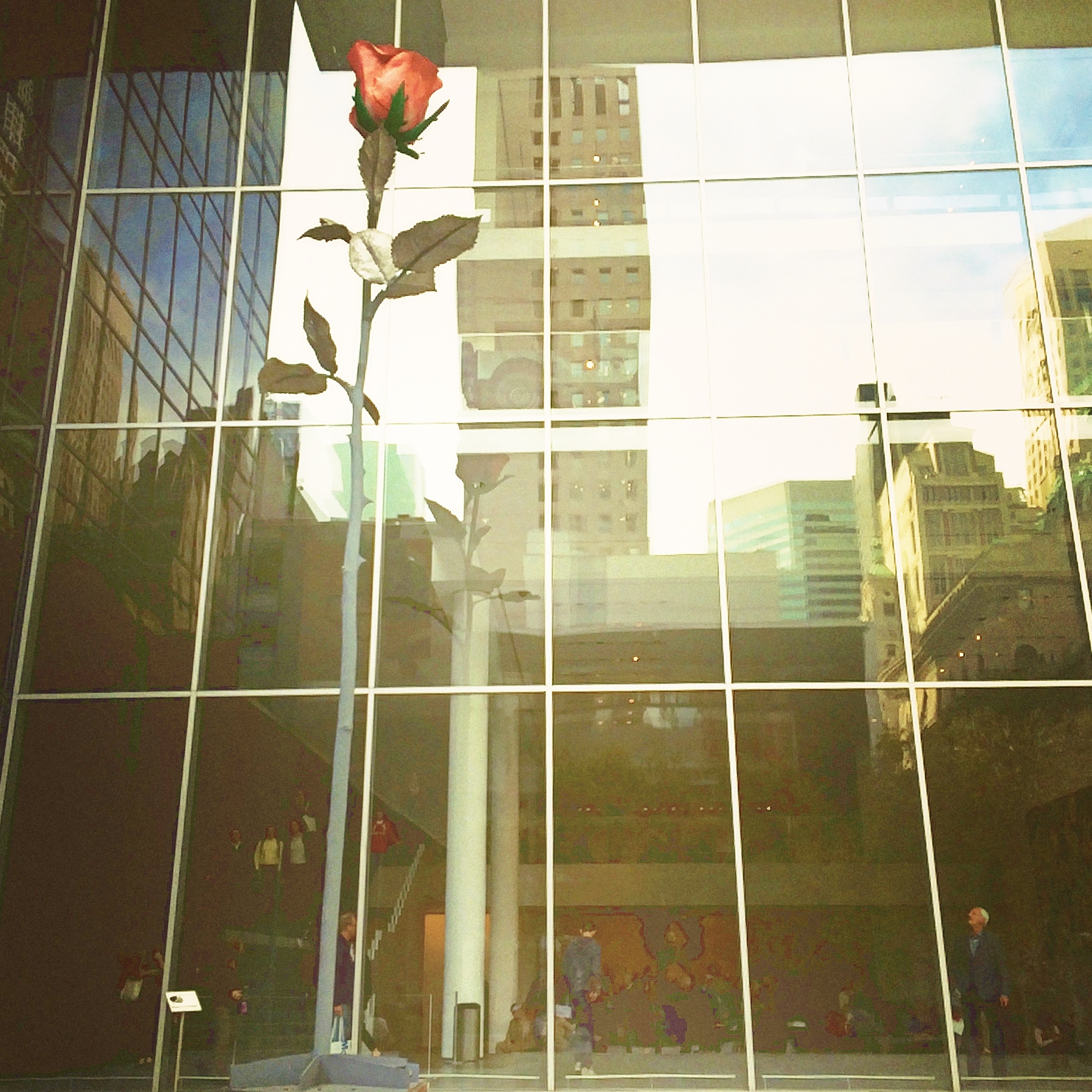Matisse and Me
MoMA pulled out all the stops for its exhibition: “Matisse: The Cut-Outs.” And rightly so. Before reaching these shores, the exhibition had been at the Tate in London, where it drew 500,000 visitors, making it that museum’s most popular show ever. With high expectations, I step off the escalator on the sixth floor to find—good news—there's no line. A ticket-taker waves me in, warning me that taking photographs is strictly prohibited. This is when I learn that MoMA has a selection of online images available to journalists and bloggers with permission. Which is what you are lloking at now.

Walking into the first room hung with colorful cut-outs is a transporting moment: I feel as if I'm in a meadow filled with wildflowers at the height of summer. My response to the cut-outs is immediate, instinctual. There’s no need think about them, no need to analyze them. Open your eyes and the happiness you feel is enouhg to make you laugh.



Within days of seeing them, I come across an interview, “Matisse and Me” in the Wall Street Journal Magazine (11.11.2014) with the French painter Francoise Gilot, who had been the lover and muse of Pablo Picasso. In fact it was he who introduced her to Matisse.
In the interview Gilot said that Matisse was to color what Picasso was to form. That for Matisse, "color was fundamental—he used it to build space itself.” And in the blue nude cut-out, you can see for yourself how the unvarying density of the blue lends a sculptural dimension to the figure.

But why cutouts? Any child can do cutouts, so why would a titan of 20th century art spend years on them? It’s been said that Matisse began the cutouts after an illness had left him confined to a wheelchair and unable to stand at the easel, but Gilot tells us he had been using them years earlier, not so much as stand-alone works of art, but as a preparation for a number of commissions.
Indeed, when visiting the Barnes Foundation in Merion, Pennsylvania, we were told that in 1930s, when Matisse was working on the panels for The Dance, he used paper cutouts—if larger and more muted than those at MoMA—which he sent from France, where he lived, to the museum. And it was a good thing he did. For when the staff at the Barnes pinned the shapes to the wall, they discovered that the dimensions were all wrong.
Also of interest in the exhibition at MoMA was a video showing the artist, in his later years, propped up in bed, wielding a large pair of scissors, as an assistant held out a paint-washed sheet of paper. When Matisse was satisfied with the cutting, he would indicate with a wave of his cane where the assistant should pin the cutouts to the wall.
Françoise Gilot, now 92, who understands Matisse's art as well as anyone and better than most, considers the cutouts the apex of his work. So who am I to disagree? Then, again, Gilot had said “the important dialogue is the one you entertain with the artist’s work.”
That’s the problem; the cutouts aren't talking to me. My response is immediate, but lacks the shock and awe I felt when first viewing Matisse's painting 'Blue Nude,' (1907) in the 2005 exhibition at the Metropolitan Museum of Art: Matisse and Textiles.

'Blue Nude' created a sensation at the Armory Show of 1913, as well as a sensation in my brain. I could have dialogued with her for an hour, had it not been for the crowd pushing me along.
In that show, Matisse's love of color and pattern were again on full display in the Persian rugs, African wall hangings, and patterned screens. Glorious patterns were everywhere—on the walls, on the floor, on his subject—as befits an artist who came from a long line of weavers.

Then, too, there was 'Purple Robe with Anemones,' which had me wishing I had known Matisse, wishing he would have painted my portrait. Isn't she lovely?
Which raises a question: If you could have any artist paint your portrait, who would it be? If not Matisse, how about Picasso or Klimt?
Recently, in an interview, Leonard A. Lauder, in discussing his unsurpassed collection of Cubist art, said that you can tell a great work of art by the way your affection for it grows every time you see it. I rather like that. Who knows? Maybe 10 years from now, I may change my mind about the Cut-Outs.
Before leaving, I stroll around the Abby Aldrich Rockefeller Sculpture Garden, where visitors are having a good time snapping selfies in front of the 36-foot-tall Rose II by the German artist Isa Genzken.
When you visit, be sure to have lunch at the ground floor café adjoining 'The Modern,' Danny Meyer’s showcase of French-New American cooking. There you can sit at the bar or try to snag one of the low tables, whatever suits you.


